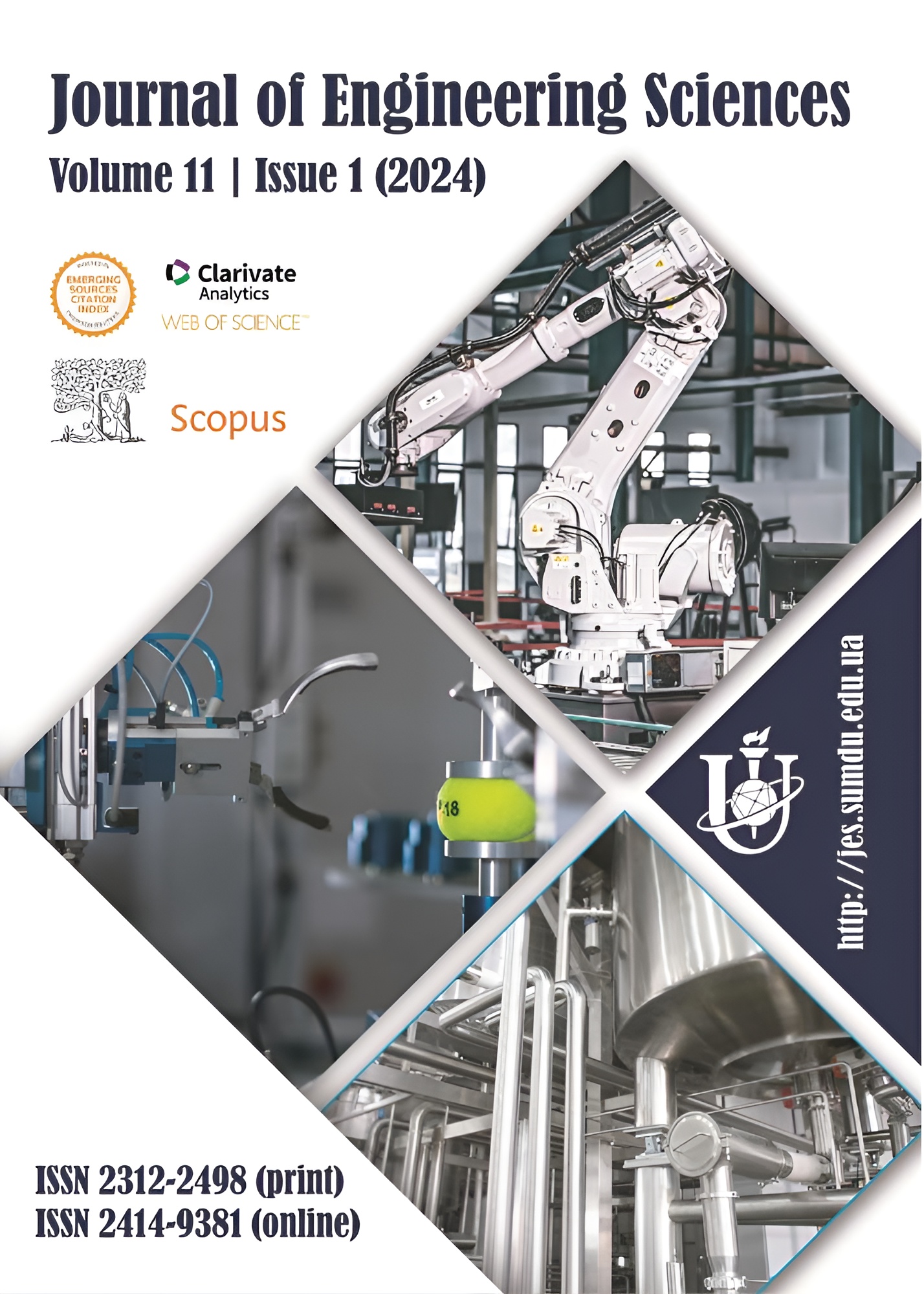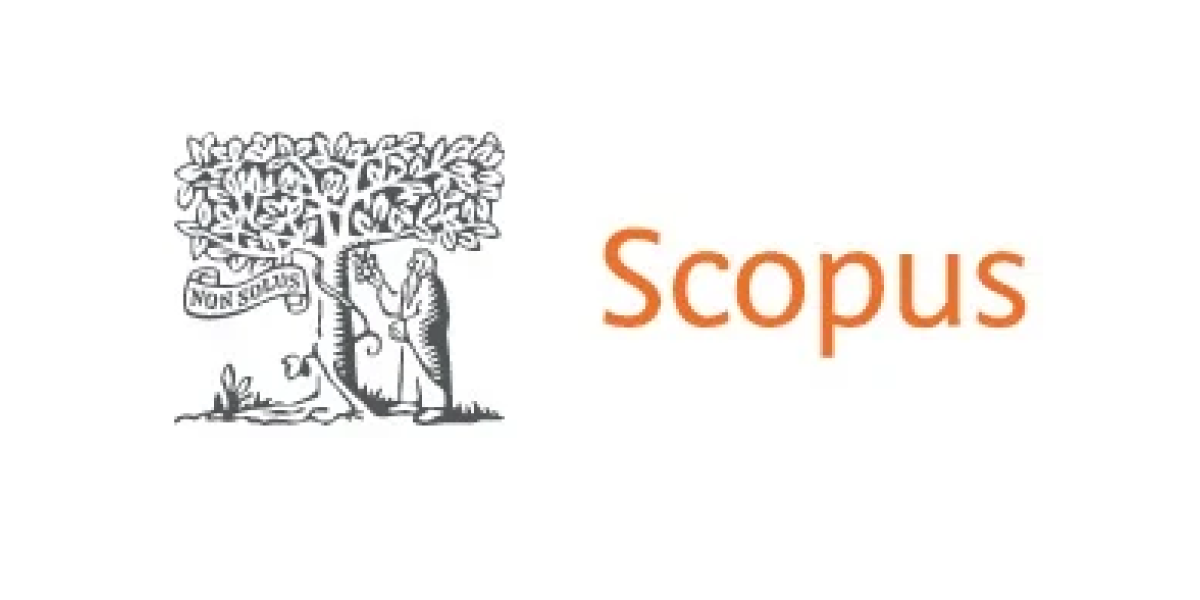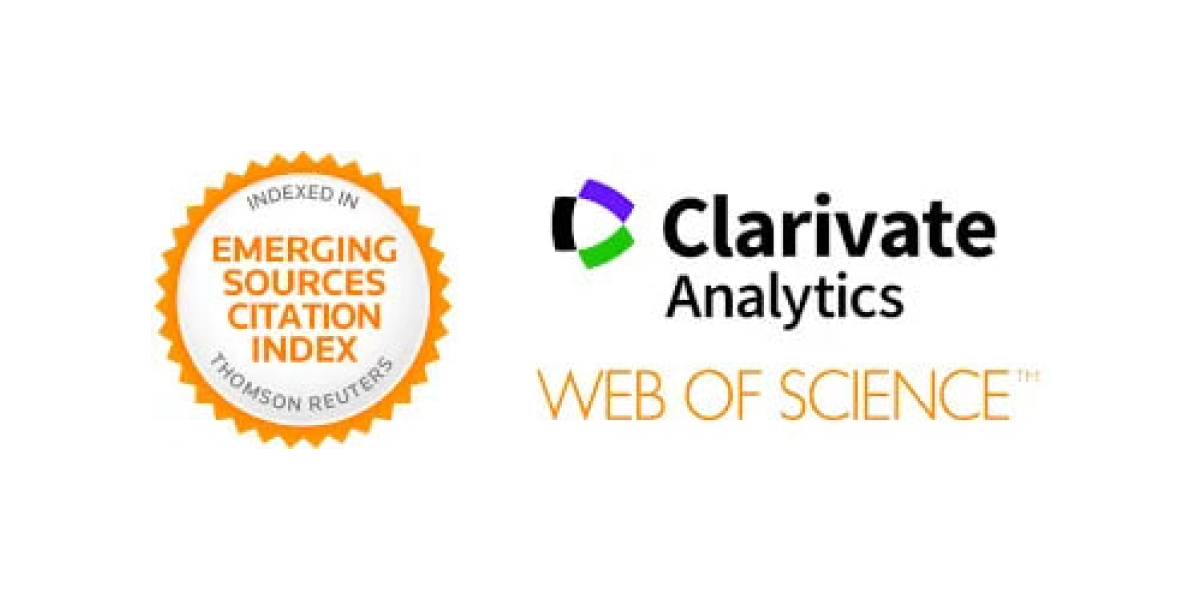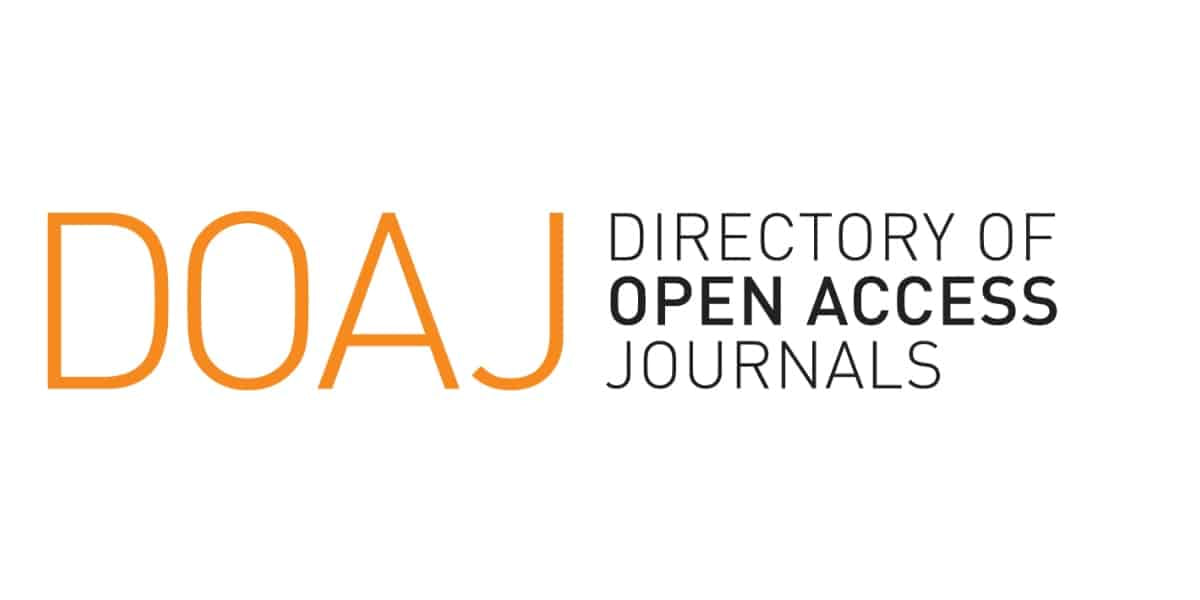Manuscript
During the preparation of the manuscript, the following rules should be followed:
- Language: papers must be submitted in English. Expressions in other languages should be translated to English everywhere in the text, equations, figures, and tables;
- Title: main words in the title start with a capital letter, articles, and conjunctions with lowercase letters;
- Authors’ names: please specify the author names with abbreviations, and indicate ORCID for each author;
- Affiliations: affiliations must contain the name of the company or institutional postal address and email address;
- Abstract: the abstract should be concise (150-250 words) and should not contain citations;
- Keywords: indicate about 5 keywords that start with a lowercase character and are separated by a comma. Also, the Editorial Board appreciates articles that correspond to the Sustainable Development Goals (SDGs);
- Sections: All sections are numbered consecutively. The structure of the paper should be: “1 Introduction”, “2 Literature Review”, “3 Research Methodology”, “4 Results”, “5 Conclusions”, “6 Acknowledgement” (if applicable), and “References”. Please refer to sections as “Section 1” etc. (not as “Chapter”);
- Text: The text cannot employ italics and underlining (except for links). All illustrations, figures, and tables are placed within the text at the appropriate points rather than at the end. The Editorial Board highly recommends authors to submit articles with a length of not less than 8 full pages.
Illustrations
In the following, all illustrations (pictures, diagrams, photographs) are referred to as figures. Upon acceptance, figures should also be uploaded in separate files. File names should be “Fig 1.jpg”, “Fig 2.tif”, etc. Please do not include captions as part of the figures. If your figure has more parts, include the labels “a”, “b”, etc., as part of the artwork. Bitmap images are expected in JPEG or TIFF formats. Please do not create line drawings with the built-in features of MS Office, as we shall need these drawings in separate files. The bitmap images must have sufficient resolution to allow faithful reproduction (300 dpi or more). To determine an image’s optimum resolution (width x height), measure the width and height in millimeters and then multiply those two values by 12. For example, a square image of 80 mm wide, i. e. having the width of a single column, the optimal size is about 1000 x 1000 pixel resolution and should be at least 600 x 600. Please do not increase the resolution by simple upsampling; the text and lines must be sharp and readable. Figures should not have extra white borders and must be properly cropped.
The dimensions of the figures have strict limitations: the maximum width in a column is 82 mm, and the maximum width for a two-column picture is 170 mm. Keep lettering in a figure resized for the manuscript is a readable but moderate size (ideally equivalent to 10 pt).
Figures are numbered consecutively. Please refer to every figure from the text. When referencing your figures within your paper, use the abbreviation “Fig. ” even at the beginning of a sentence. Please always write an informative caption that explains the significance of the figure.
Tables
Tables cannot be images. Tables should be referred to as “Table 1”, etc. in the text, do not write “the table above” or “the table below”. Tables get consecutive numbers similarly to figures. Please refer to every table explicitly in the text. Please always write an informative caption that explains the significance of the table.
Equations
Use the built-in formula editor; never insert an equation as an image or text. Number equations consecutively with equation numbers in parentheses flushed to the right margin. Use the tab to position the formula and the equation number. Punctuate equations when they are part of a sentence. Refer to equations as “equation (1)”, except at the beginning of a sentence, e.g., “Equation (1) … “. Whenever possible, inline mathematics should also be typed with the equation editor. Be sure that the symbols in your equation have been defined before the equation appears or immediately following. Italicize symbols but not units of measure (variable A might refer to amplitude, but A is the unit ampere).
Bibliography
Authors take full responsibility for the accuracy of their references. Please add the DOI number of a full-text version if it exists. DOIs must be given for conference papers too. Insert DOI as an active link in the following format (example): https://doi.org/…
Each citation in the text needs to be included in the reference list. And vice versa, each item of the reference list needs to be cited in the text.
All the publications cited in the text should be referred to by a number in square brackets ([1], [1, 2], [1-3], [1, 2, 4], etc.). The references are arranged in the order of citations in the list of References. Note that only one reference belongs to one number. In sentences, refer simply to the reference number, as in [5]. Do not use “Ref. [5]” or “reference [5]”. At the beginning of a sentence, use the author names “J. Smith [3] shows …” instead of “Reference [3] …”. Do not create “Cross-references” in your Word file. In the Introduction and Literature Review, group references like [1-4] are not allowed; each reference should be critically analyzed separately.
In the list of references, author names are expected in the “Family, C.” format, where “C” is the initial of the first name. Do not use ‘et al.’; give the names of each author. Highlight the last author by ‘and’, e.g., Smith, A. D., Small, B., and Big, C. Provide the complete title of publications (the title of a paper, book, book chapter, standard, patent). Do not abbreviate journal or conference names, e.g., write “Lecture Notes in Mechanical Engineering” instead of “Lect N Mech Eng”.
Sample Reference List
- Journal Article:
Author, A. B., Author, C., Author, D. E. (Year). Title of the article. Complete Title of the Journal, Vol. 233(1), pp. 101-112, doi: 10.1000/ABC123. - Chapter of books:
Author, A. B., Author, C., and Author, D. E. (Year). Title of the Published Book, 5th ed., Publisher, City, Country, pp. 55-110, doi: 10.1000/ABC123. - Book:
Author, A. B., Author, C., and Author, D. E. (Year). Title of the Published Book, 5th ed., Publisher, City, Country, doi: 10.1000/ABC123. - Conference proceedings (published):
Author, A. B., Author, C., and Author, D. E. (Year). Title of paper. Conference Name, City, Country, pp. 101-112, doi: 10.1000/ABC123. - Paper presented at the conference (unpublish):
Author, A. B., Author, C., and Author, D. E. (Year). Title of paper. Conference Name, City, Country, Data (e. g. June 11-14), 2018. - Report:
Author, A. B. (Year). Title of paper. City, Country, Rep. 12. - Patent:
Author, A. B., Author, C., and Author, D. E. (Year). Title of the patent. The country, No. 52125. - Thesis/Dissertation:
Author, A. B. (Year). Title of the dissertation, Ph.D., University. - Standard:
Author, A. B. (Year). Title of Standard. Place, City, Country.
Revised Manuscript
After obtaining reviews, the Author(s) should make all the corrections according to the Reviewers’ comments and recommendations and send the revised manuscript to the Editorial Board (jes@teset.sumdu.edu.ua) as soon as possible (the recommended period is up to 14 days) together with the detailed response to the reviewers:



